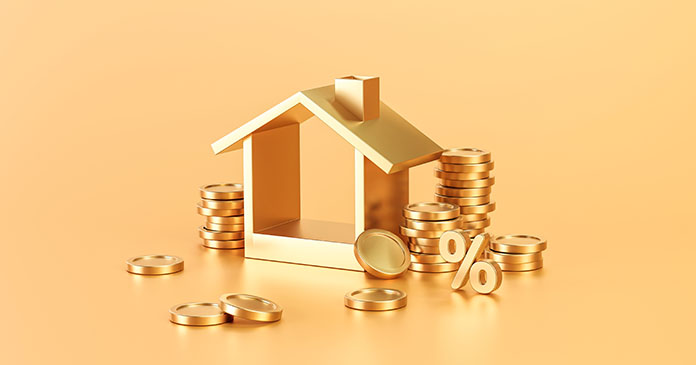Commercial real estate investment has bounced back from its COVID-19 nadir, with investor demand reaching new heights and capitalization rates declining across the real estate spectrum, according to a new CBRE survey.
The CBRE survey found that the industrial sector, driven by super-charged e-commerce and rent growth amid the pandemic, saw the most cap rate compression in 2021, regardless of asset class or risk profile. The multifamily sector also saw notable cap rate compression, particularly in the suburban segments. While this was likely attributable to more people migrating to the suburbs during 2020, many renters have now returned to urban neighborhoods, and occupancies there have largely returned to pre-pandemic levels.
Investors are expected to continue targeting real estate for attractive returns relative to other asset classes, and increasingly, as an inflation hedge. CBRE is forecasting investment volumes to increase over 2021 by 10 percent in 2022.
“As the U.S. heals from the pandemic, investors demand for real estate has grown to new heights,” said Tom Edwards, Global President of Valuation & Advisory Services for CBRE. “Low cap rates for industrial and multifamily properties reflect solid fundamentals and rent growth prospects that characterize these sectors. Conversely, lingering uncertainty in the office sector suggests there is upward pressure for yields in this asset type.”
Falling bond yields in 2021 benefited real estate valuations, especially among sectors such as industrial and multifamily with robust net operating income (NOI) expectations. Spreads between cap rates and bond yields have historically been a strong driver of both investment flows into property markets and cap rate compression. Aggressive monetary stimulus weighed on interest rates in 2020 and contributed to a decline in cap rates through 2021. CBRE expects the yield on the 10-year Treasury to increase to 2.3% in 2022—a level that is likely to maintain a healthy spread relative to real estate cap rates.
“Strong property market fundamentals, fueled by a robust economic recovery, will help maintain cap rates at current levels. While the crisis in Ukraine and associated sanctions bring some near-term uncertainty into play, we do not currently believe that will be too disruptive to the U.S. economic outlook,” said Richard Barkham, Global Chief Economist and Americas Head of Research for CBRE.
CBRE’s survey, which examined investment sentiment on market conditions and capitalization rates for stabilized properties, revealed several key findings. Capitalization rates—usually called cap rates—measure a property’s value by dividing its annual income by its sale price. A lower cap rate generally indicates a higher value. The survey was conducted before the Russia-Ukraine situation intensified dramatically in late February.
2022 outlook
- Industrial: While the significant growth of e-commerce has elevated property values in the logistics hubs best positioned to benefit, assets are still viewed by investors as efficiently priced. There is little concern about the burgeoning development pipeline, with 94 percent of respondents believing heavy development will not hamper NOI growth and investment capital. This is exemplified by very low cap rate levels in Riverside, Phoenix and Dallas. Supply-constrained port markets, such as Los Angeles, Oakland and Northern New Jersey, have some of the lowest cap rates in the U.S.
- Multifamily: A clear geographic pattern has emerged in multifamily cap rate compression. High-growth Sunbelt markets saw the greatest declines relative to historic levels and are poised for stronger rent growth. More than 80 percent of respondents from high-growth secondary cities believe pricing in these markets is converging with ‘Gateway’ cities. While urban markets like New York, Boston and other prime markets are recovering, cap rate compression is still possible in 2022.
- Office: Survey respondents are split on whether cap rates across all markets will increase or decrease in 2022. For ‘Gateway’ CBD markets, respondents more often believed cap rates will increase during the next six months, which is likely due to continued office occupancy pressures in large CBDs that depend on public transit. Survey respondents believe that suburban submarkets could benefit from any near-term aversion to CBD office spaces.
- Retail: Increased consumer spending, including at brick-and-mortar stores, have supported shopping center fundamentals. The upshot is that some well-positioned retail properties could see cap rates contract.
Notes
CBRE’s U.S. Cap Rate Survey H2 2021 (CRS) reflects the views of hundreds of professionals about how sentiment and pricing are changing across multiple dimensions of the commercial real estate market. The CRS captures 3,600 cap rate estimates across more than 50 geographic markets to generate key insights from a wealth of data.












